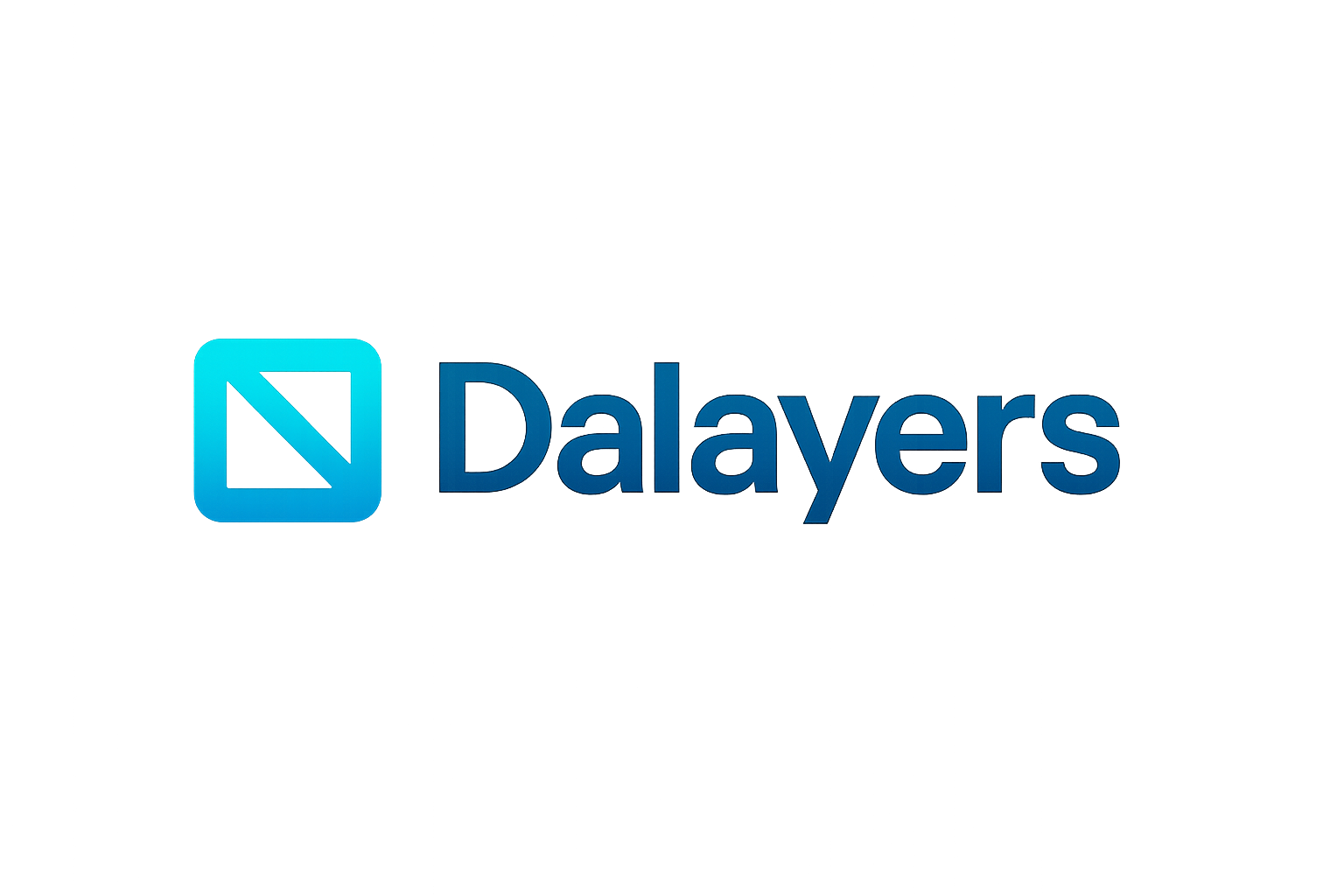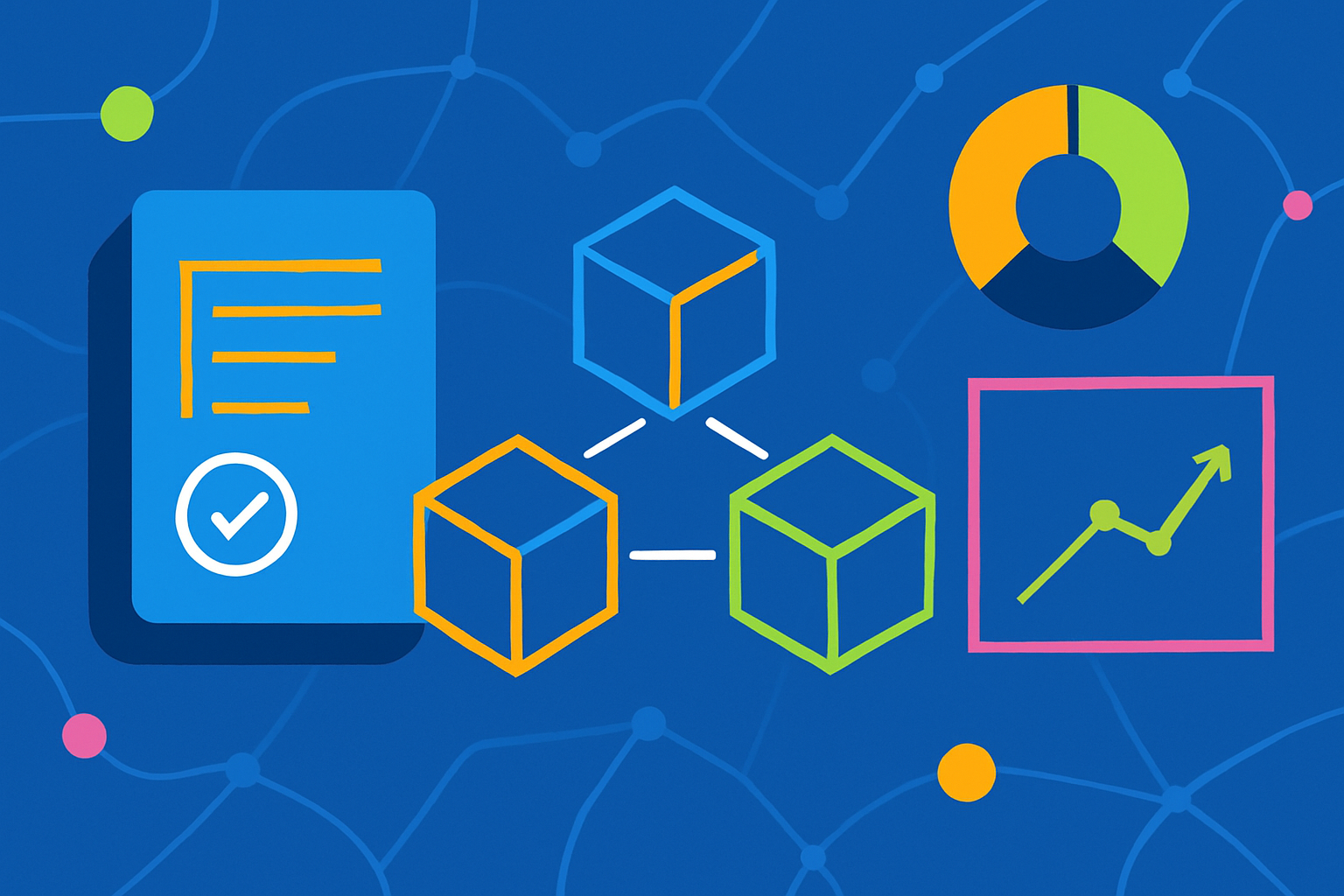
For anyone tracking the evolution of modular blockchain scalability, Random Linear Network Coding (RLNC) is the hottest new contender. Originally designed for high-throughput communication systems like 5G and satellites, RLNC is now making waves in the blockchain world by redefining how networks handle data availability. Instead of sending raw data, RLNC encodes information into mathematical fragments, allowing nodes to reconstruct the original data from just a subset of these coded pieces. This innovation is poised to supercharge the data availability sampling (DAS) process at the heart of modular blockchain architectures.
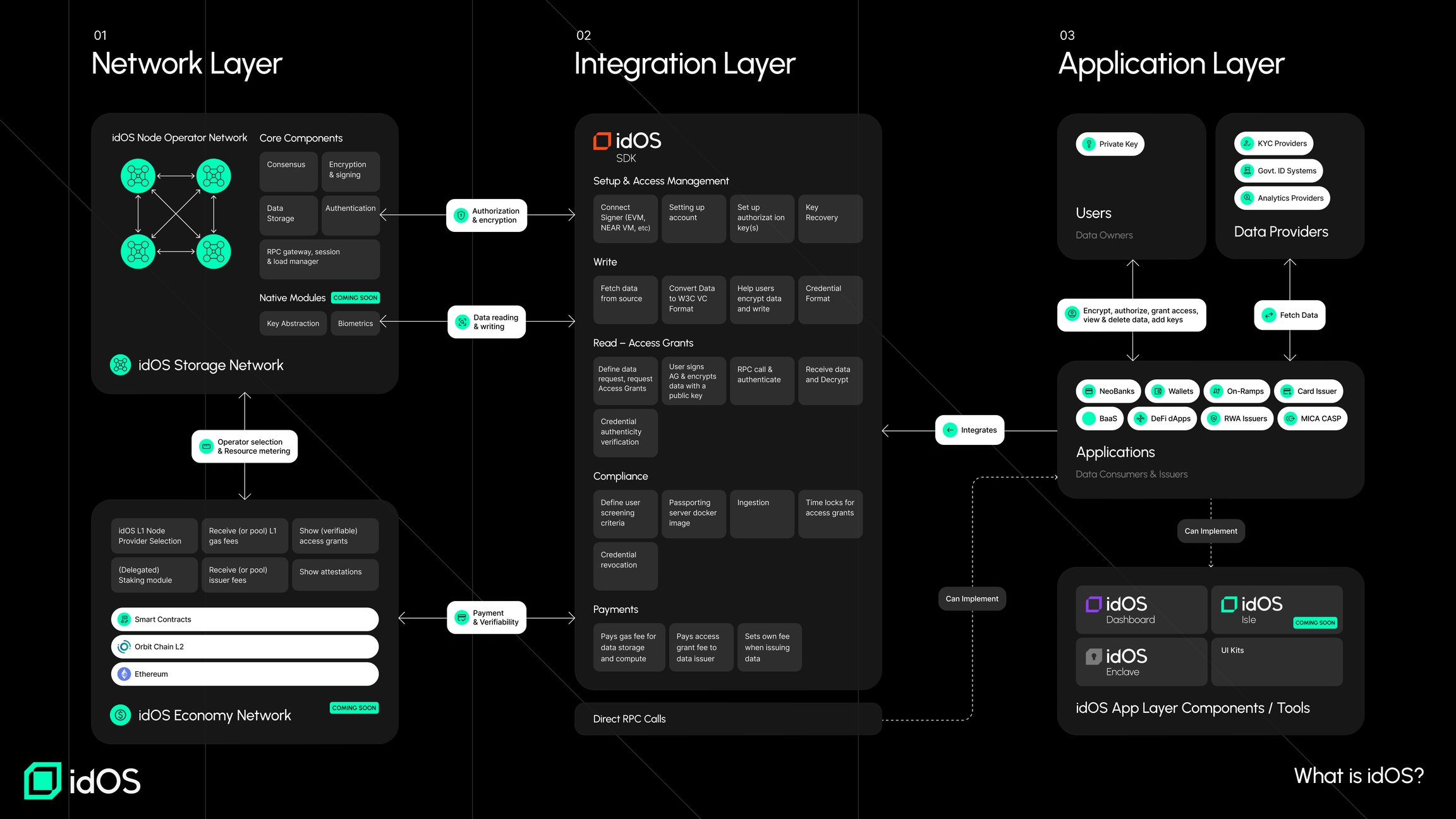
Why Data Availability Bottlenecks Modular Blockchains
At the core of every scalable modular blockchain is the challenge of data availability. Rollups and other off-chain execution environments rely on the base layer to guarantee that all transaction data is actually available to the network. If even a small portion of this data is withheld or lost, rollup security collapses. Traditional approaches, like Reed-Solomon erasure coding, have been effective but bring complexity and centralization risks, especially as networks scale.
This is where RLNC steps in. By allowing nodes to independently mix coded messages (a process called recoding), RLNC achieves optimal data propagation without centralized scheduling. The result? Consistently high throughput at any network size, as highlighted by Professor Muriel Medard’s pioneering research. In fact, RLNC has been mathematically proven to match centralized solutions for throughput and resilience, but with far greater decentralization – a perfect fit for blockchain’s trustless ethos.
How RLNC Data Availability Sampling Works
So, what does RLNC-based DAS look like in practice? Imagine a modular blockchain where block data is split into small chunks. Instead of distributing these raw pieces, nodes encode them into random linear combinations. Verifiers then sample a handful of these coded fragments at random, and as long as they collect enough independent samples, they can reconstruct the entire original dataset with overwhelming probability. This method sidesteps the need for every single fragment to be available at all times, massively boosting network resilience.
The algebraic nature of RLNC means that every node can participate in propagating and mixing coded fragments, reducing bottlenecks and single points of failure. This stateless approach is especially powerful for decentralized networks, where trust minimization is paramount. Early experiments suggest that RLNC-based DAS could outperform traditional Reed-Solomon-based schemes in both speed and security – though real-world validation is still underway.
Key Advantages of RLNC for Blockchain Data Availability
-
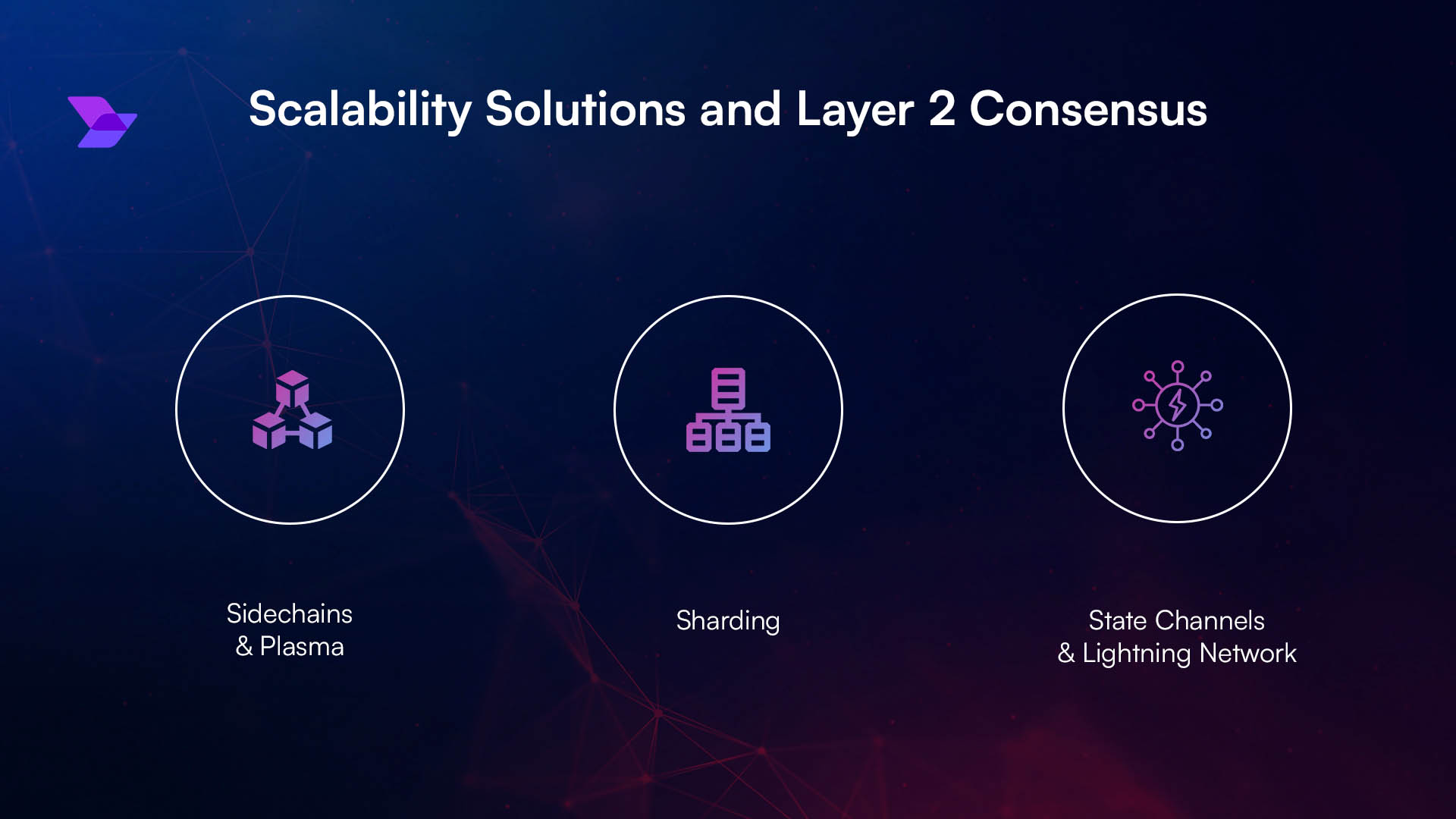
Enhanced Data Resilience: RLNC allows nodes to reconstruct original data from any sufficiently large subset of coded fragments, making networks more robust against data loss and node failures.
-
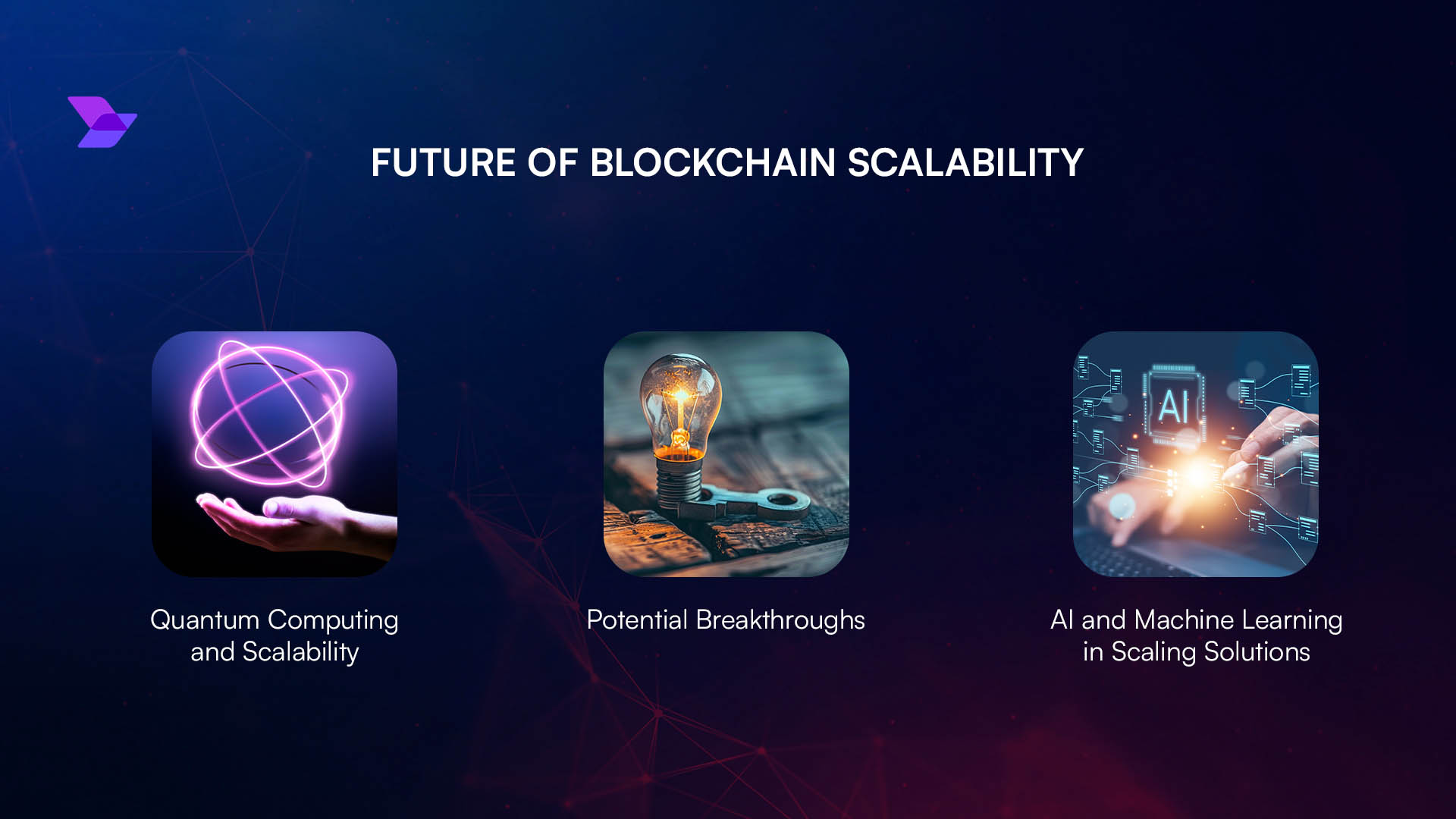
Optimal Network Throughput: RLNC maintains consistently high throughput regardless of network size, enabling blockchains to scale efficiently without bottlenecks or centralized scheduling.
-

Decentralized and Stateless Operation: RLNC’s algebraic and stateless nature allows any node to independently mix and forward coded messages, supporting truly decentralized data propagation.
-
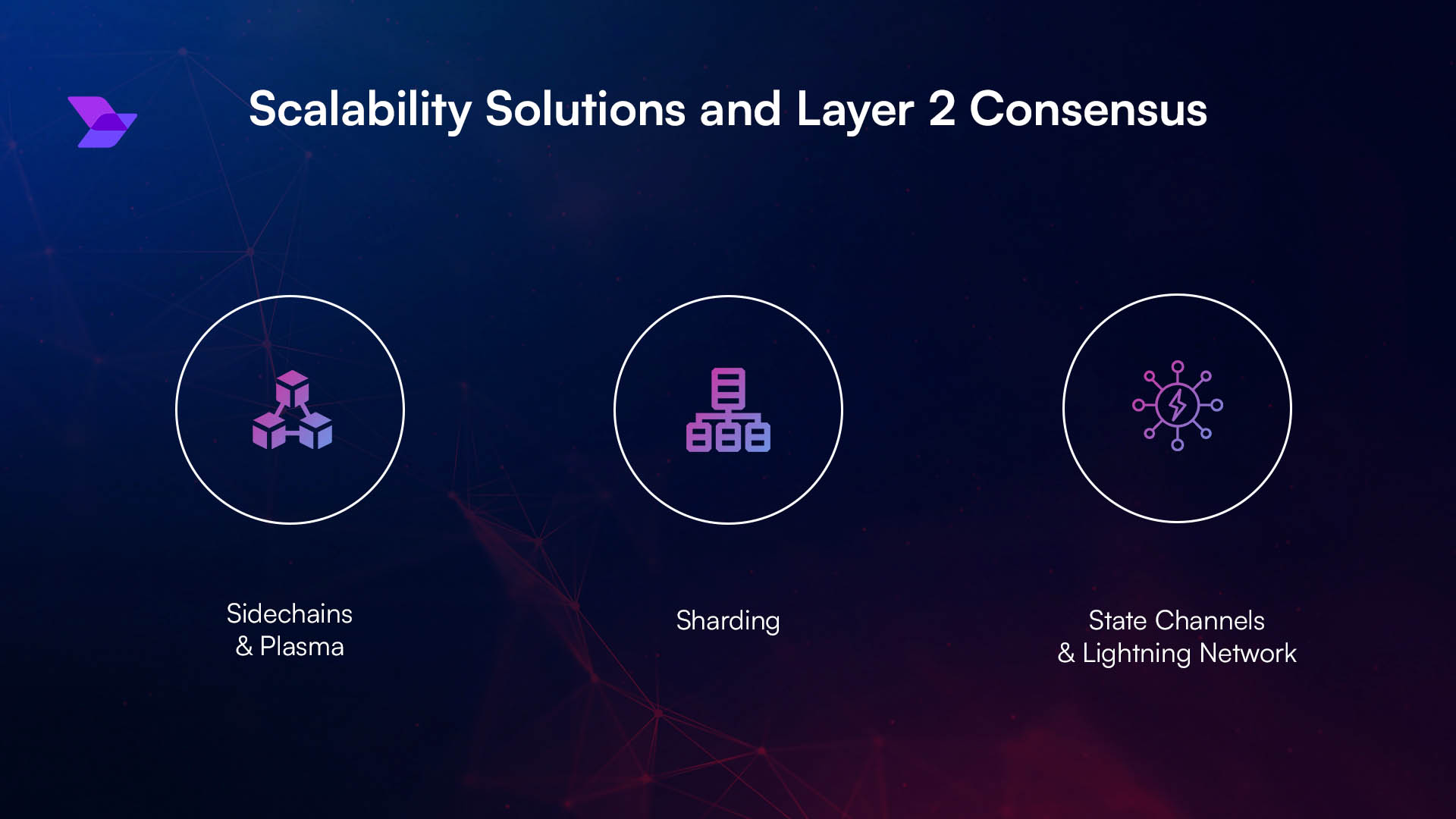
Efficient Data Availability Sampling (DAS): RLNC can be integrated with DAS protocols, reducing the complexity and trust assumptions compared to traditional erasure coding methods.
-

Reduced Bandwidth and Storage Overhead: By encoding data into compact mathematical fragments, RLNC minimizes redundant transmissions and storage requirements across the network.
From Theory to Practice: RLNC in Modular DA Layers
The modular blockchain landscape is moving fast, with teams actively exploring how RLNC can be integrated into next-gen data availability layers. One promising direction is combining RLNC with cryptographic commitments like Pedersen hashes to ensure both data integrity and efficient sampling. This approach could streamline DA layer design, reducing complexity while empowering more decentralized operation.
For a deeper dive into how RLNC fundamentally optimizes modular DA layers, see our comprehensive analysis at this link. As experimentation continues, expect to see RLNC-based solutions emerge as a serious alternative to legacy erasure coding in both rollup-centric and sharded blockchain ecosystems.
But the implications of RLNC go beyond just technical improvements. For developers and researchers, this opens the door to new forms of blockchain data propagation that are more robust against censorship, network partitions, or even targeted denial-of-service attacks. Because every coded fragment is mathematically unique yet equally useful for reconstruction, adversaries can’t easily target specific data pieces without having to attack a significant portion of the entire network. This property is particularly attractive for blockchains aiming for global scale and resilience.
Another often-overlooked benefit is RLNC’s statelessness. Unlike traditional erasure codes that require nodes to keep track of which fragments have been sent and received, RLNC allows nodes to simply mix and forward whatever coded data they have. This dramatically simplifies node logic and can reduce resource overhead, making it easier for lightweight or resource-constrained nodes to participate fully in data availability sampling. In a world where modular blockchains are pushing for greater decentralization and permissionless participation, this is a game-changer.
Challenges and Open Questions for RLNC DA Layers
Of course, no technology is without trade-offs. While RLNC offers tantalizing advantages for decentralized data availability, there are still open questions about practical deployment. For instance, RLNC’s algebraic operations can introduce computational overhead that may not be trivial for all node types. There’s also ongoing research into optimizing the number of samples needed for reliable reconstruction, as well as how to best combine RLNC with cryptographic commitments for airtight security guarantees.
Furthermore, interoperability with existing rollup frameworks and legacy DA layers is still being mapped out. Some teams are experimenting with hybrid approaches that blend RLNC with established erasure codes, aiming to capture the best of both worlds. As these experiments mature, we’ll likely see a new wave of DA layer designs that push the boundaries of what’s possible for modular blockchain scalability.
What’s Next for RLNC and Modular Blockchain Scalability?
Looking ahead, RLNC’s impact on modular blockchains could be profound. As more networks adopt rollup-centric architectures and sharded designs, the need for efficient, decentralized data availability grows ever more acute. RLNC’s unique ability to enable stateless recoding and optimal throughput at any scale positions it as a foundational technology for the next generation of DA layers.
If you’re building in this space or simply want to stay ahead of the curve, now is the time to follow RLNC’s growing adoption. For a detailed technical breakdown and real-world examples, check out our in-depth guide at this resource.
Top RLNC-Powered DA Layer Projects & Research
-

Ethereum Research: RLNC-Based Data Availability Sampling – The Ethereum Research forum actively explores RLNC as a foundation for next-generation data availability sampling (DAS), proposing decentralized and efficient alternatives to Reed-Solomon coding for modular blockchain architectures.
-

MIT Network Coding Initiative – Led by Professor Muriel Médard, MIT’s research group has pioneered RLNC theory and its blockchain applications, producing influential papers and collaborating with industry to advance RLNC-powered data propagation and availability.
-

Code On Technologies: RLNC for Decentralized Storage – Code On Technologies develops RLNC-based solutions for secure, high-throughput decentralized storage and transmission, with applications in blockchain data availability and distributed networks.
-
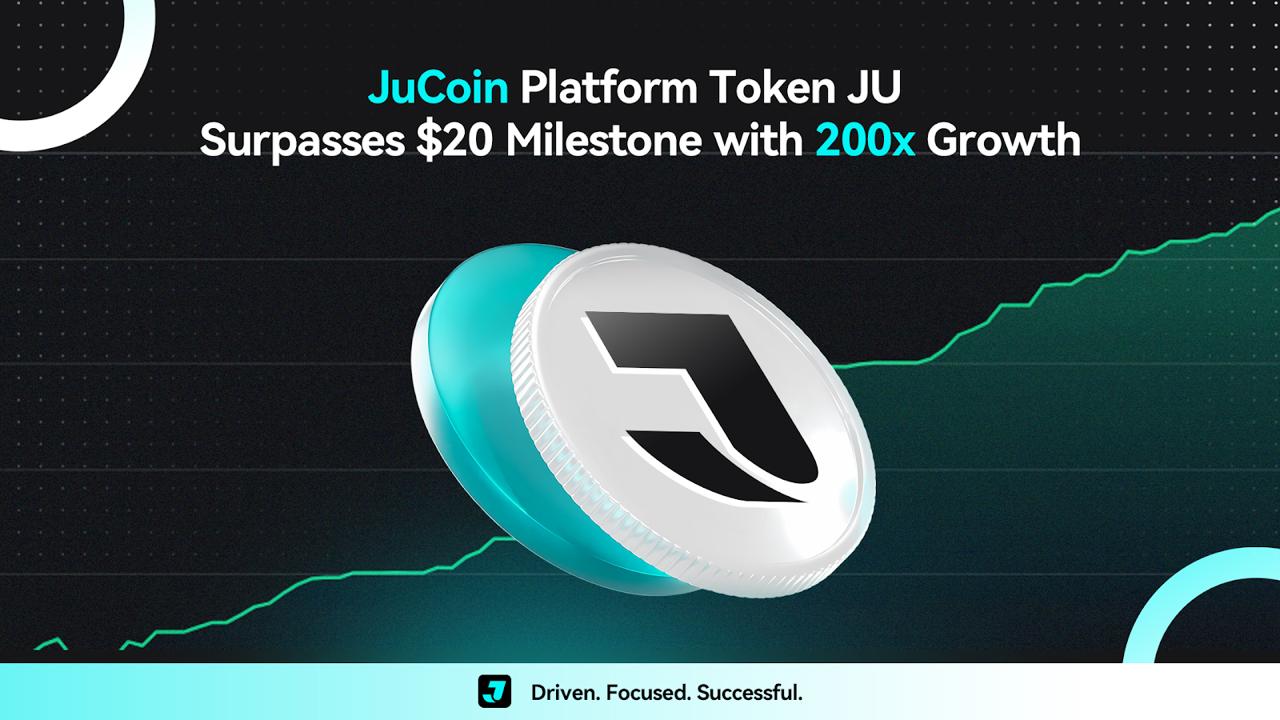
JuCoin: RLNC-Enhanced Blockchain Infrastructure – JuCoin is researching and piloting RLNC-driven infrastructure to boost data availability and resilience in modular blockchain ecosystems.
-
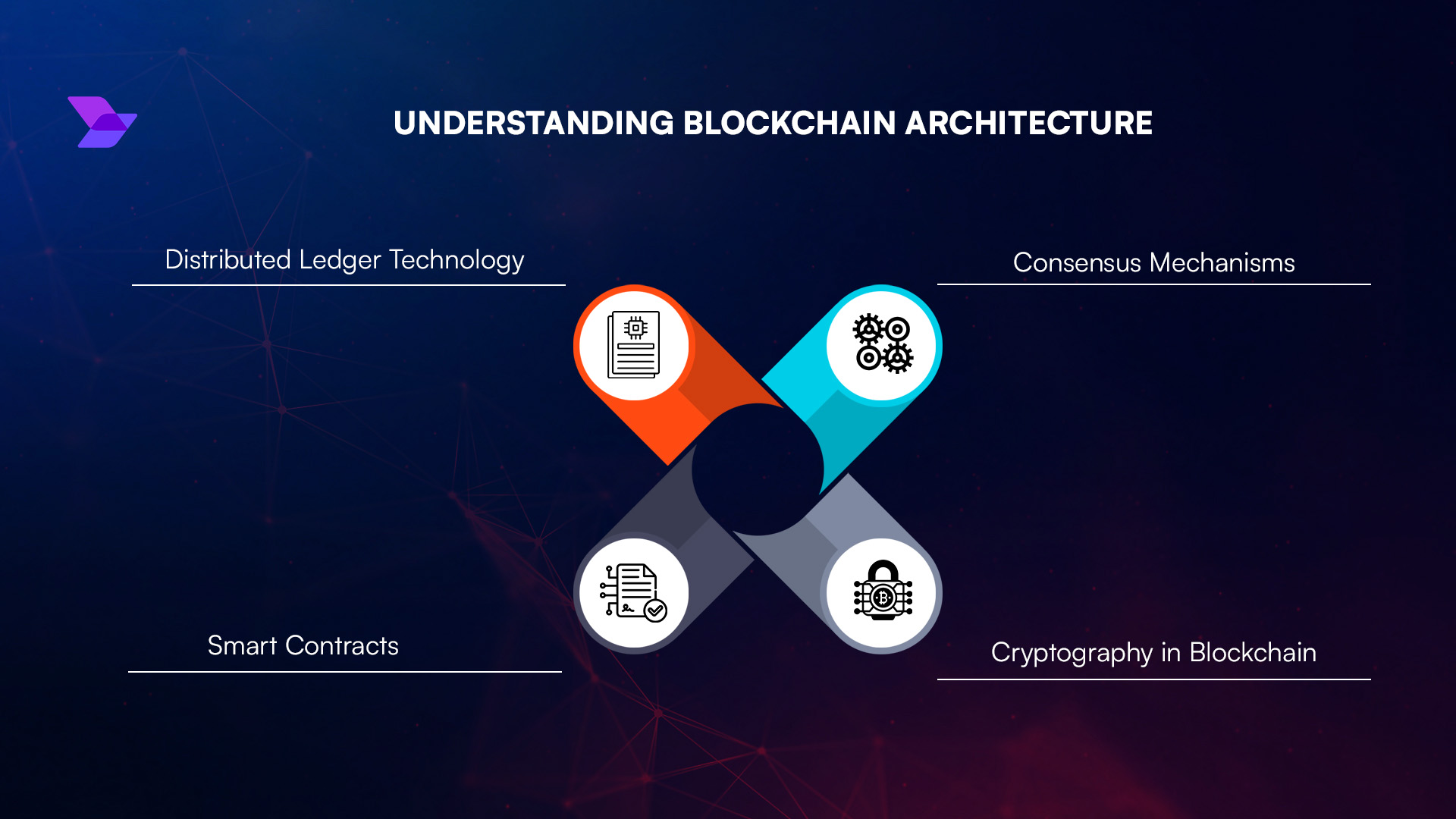
Followin.io: RLNC in Modular Blockchain DAS – Followin.io covers the latest advances in RLNC-powered DAS, tracking real-world deployments and open research in the modular blockchain space.
The future of blockchain data availability is modular, decentralized, and, if RLNC lives up to its promise, statelessly scalable. The next wave of DA innovation is already underway, and RLNC is right at the center of it.
